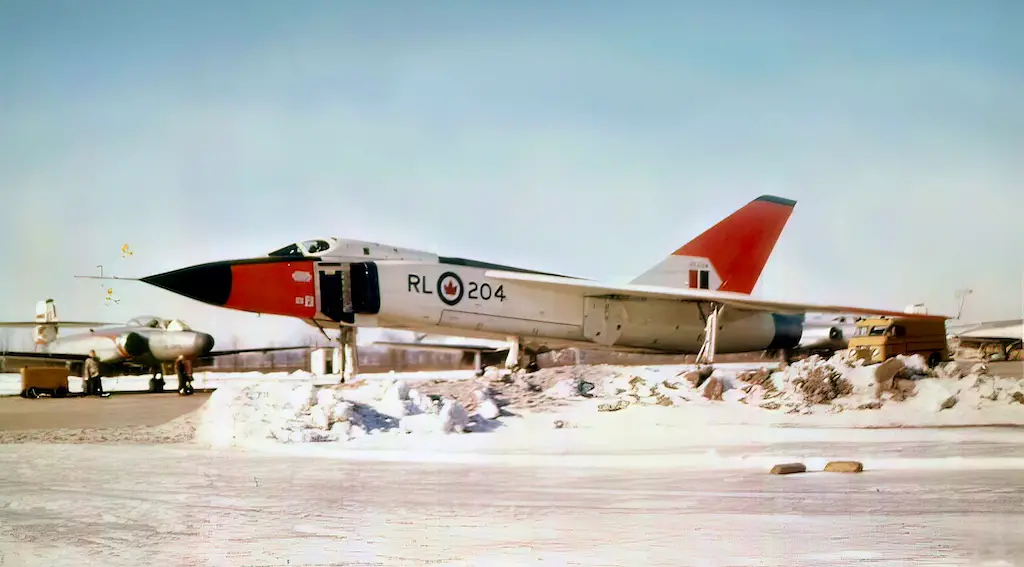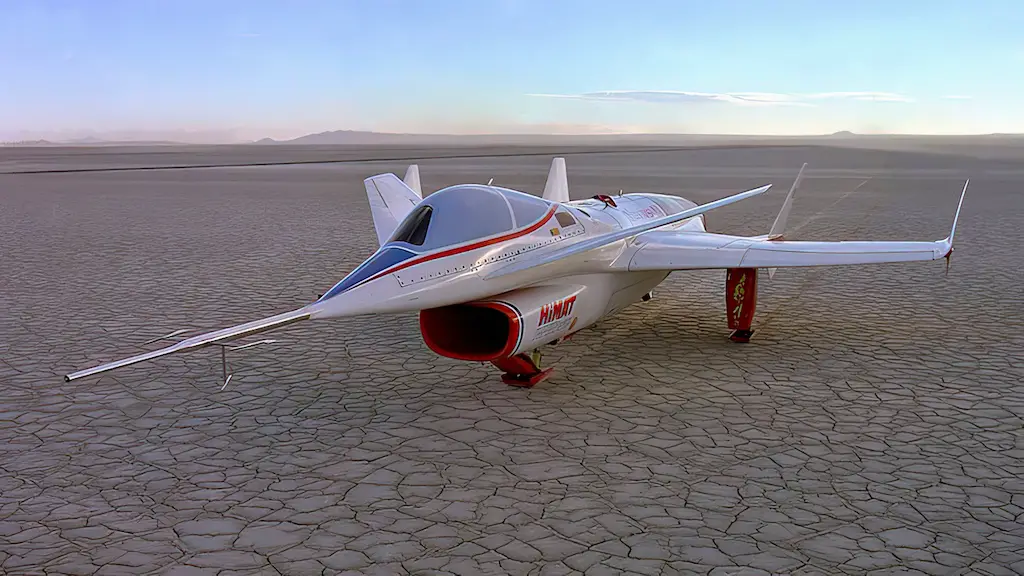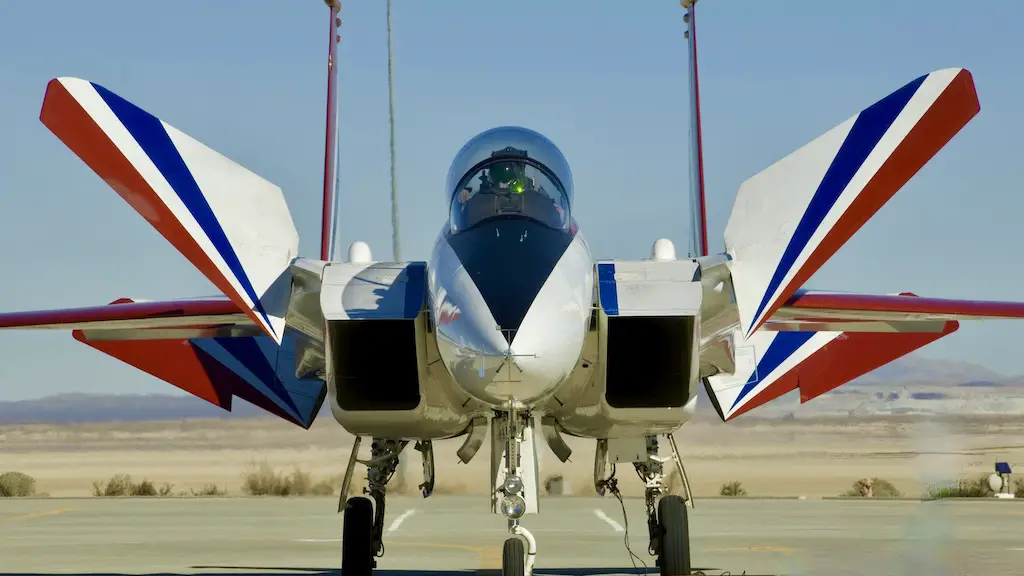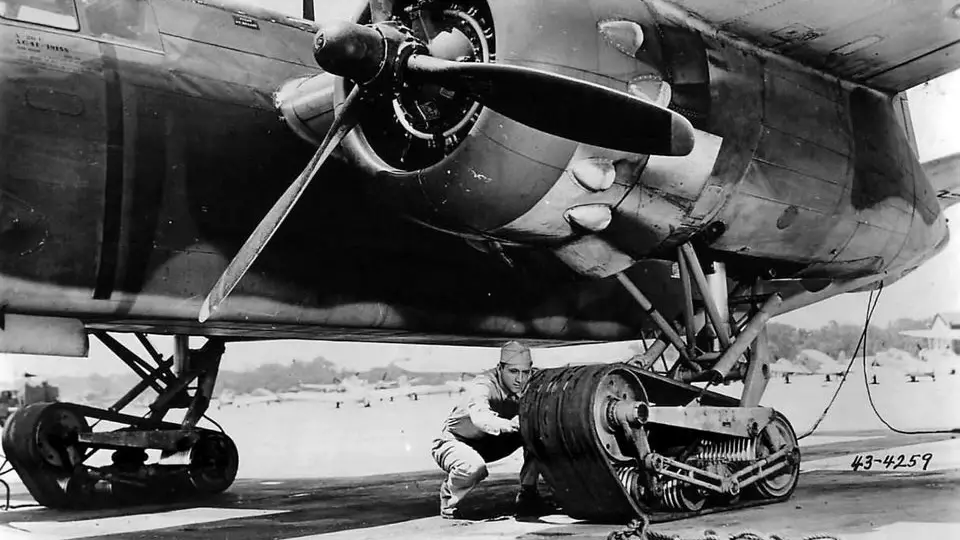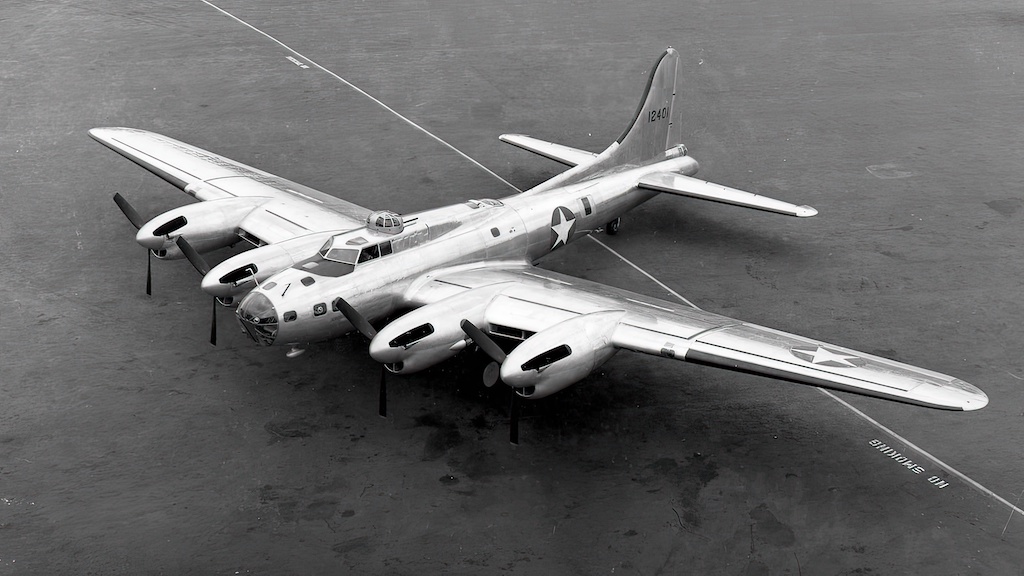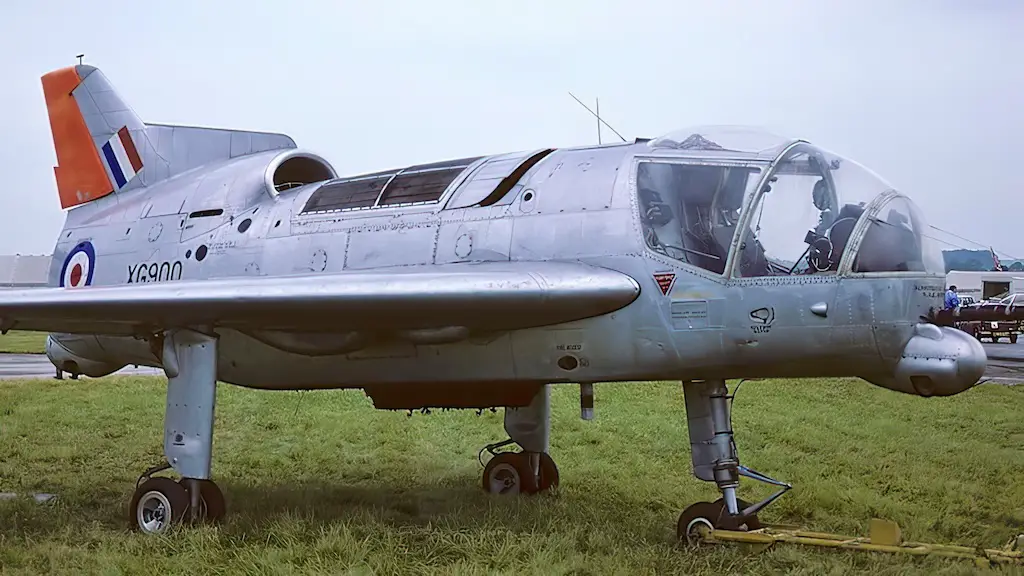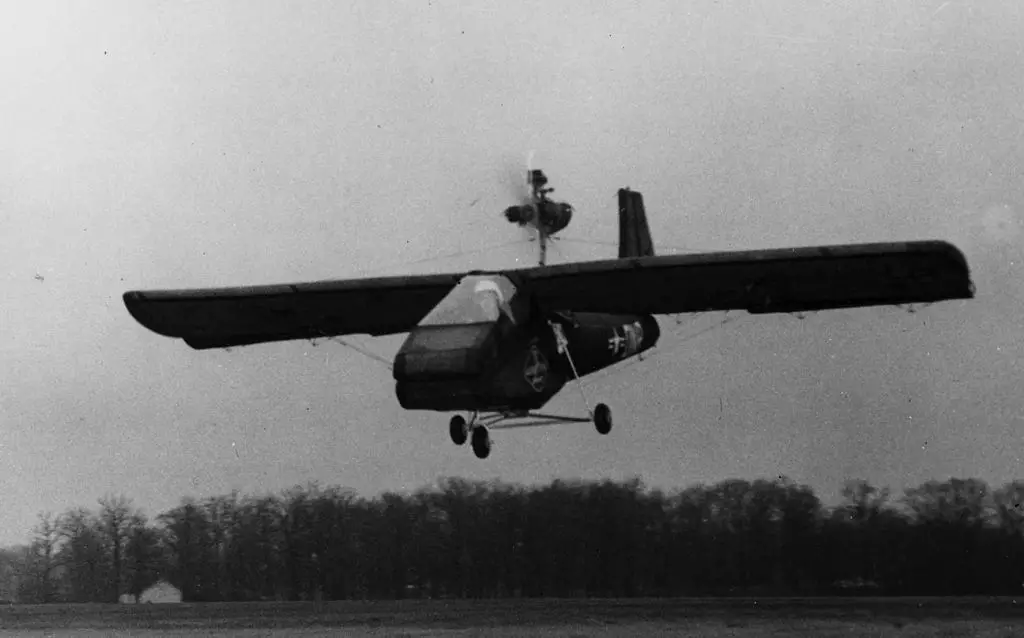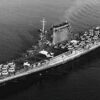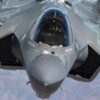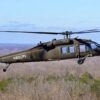The military use inflatable decoys of various equipment including tanks, missile launchers, and aircraft to confuse the adversary and save the real hardware from a strike. No matter how much these decoys resemble the originals, they, of course, cannot perform any of their functions, such as shooting or flying. However, the aviation history knows at least one example of inflatable aircraft that actually could fly. And quite successfully. That’s the Goodyear Inflatoplane.
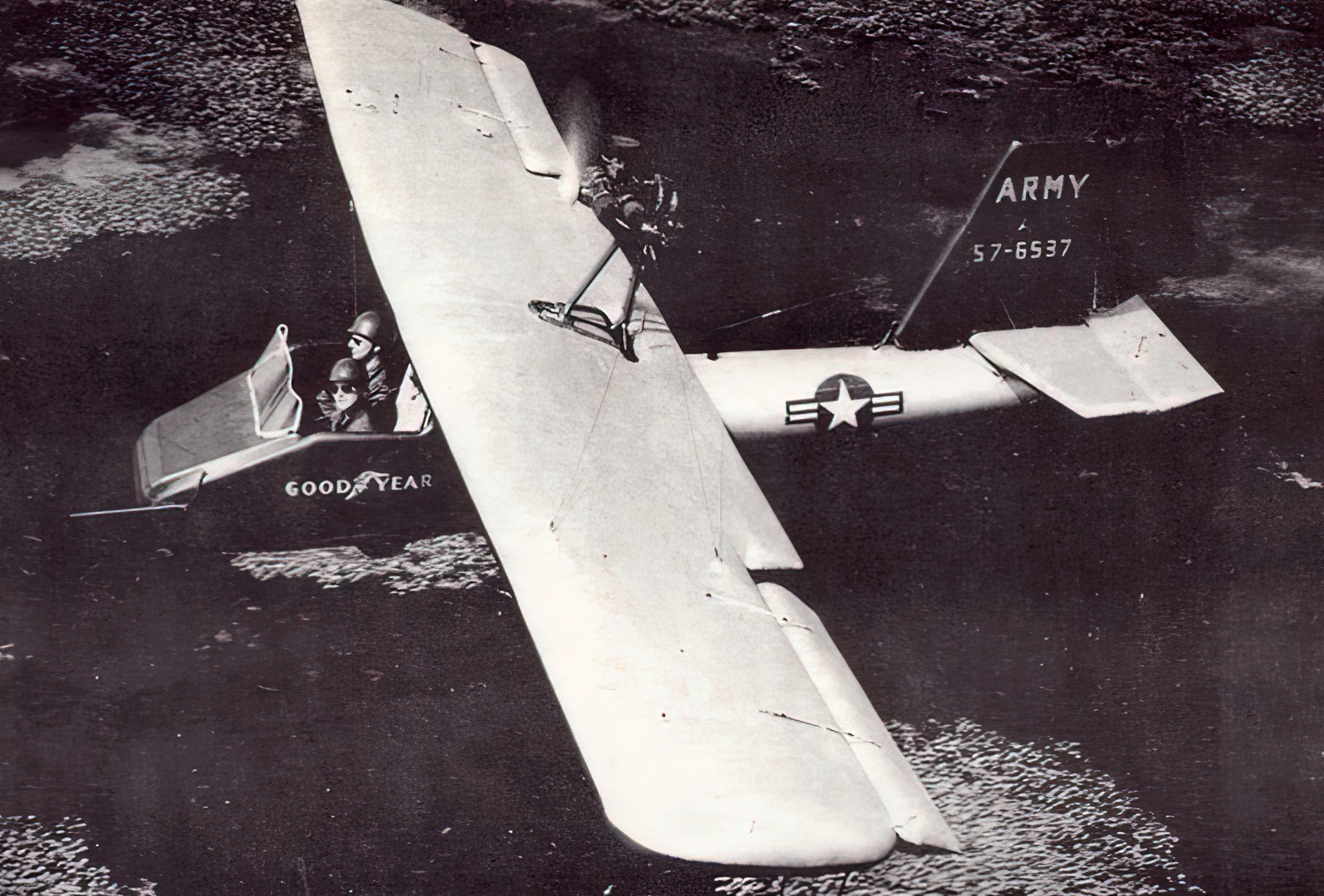
Glider predecessors
The idea of an inflatable aircraft first came to Taylor McDaniel. In 1931 he patented his inflatable glider. McDaniel’s point was that an inflatable glider would be safer than a usual one in a crash. It would just bump off the ground, rather that disintegrate killing its pilot in the accident. He actually proved that point by having such glider crash in a staged demonstration. The pilot walked away practically unharmed. Similar projects were explored by Soviet and British designers throughout mid-20th century, but, apparently, they never got past early experimental stages.
Army gets interested
The idea got US military officials interested and in the 1950s Goodyear received a contract from the US Army to design a small inflatable aircraft. The military intended to use it for surveillance and reconnaissance missions, as well as a rescue vehicle. In the latter case a containerized Inflatoplane would be dropped from another aircraft behind enemy lines or in some otherwise inaccessible location. A stranded pilot would then pump the aircraft up, get it into the air and fly back to base.
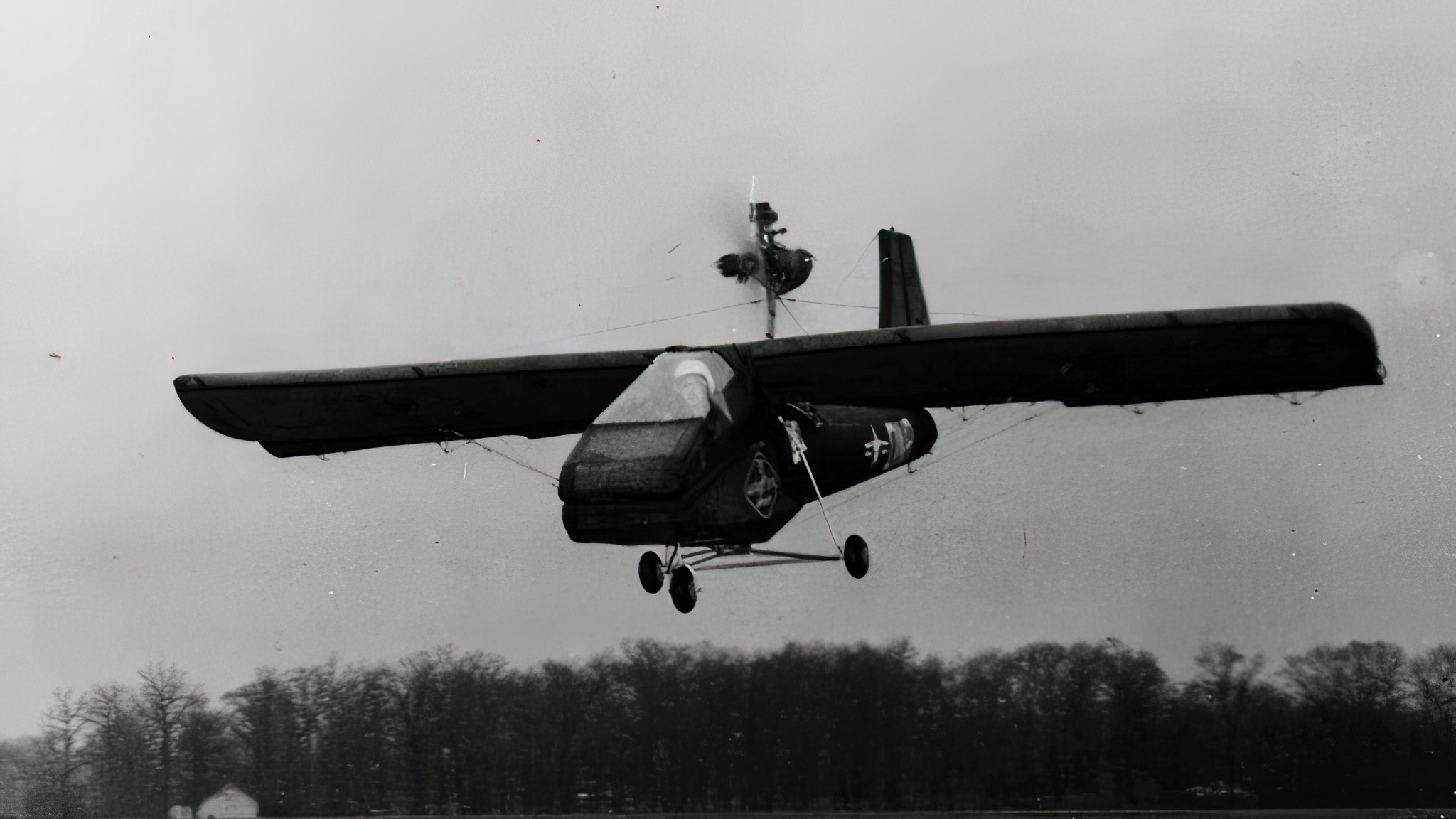
Preparation time: 5 minutes
To build the Inflatoplane Goodyear developed a special material, Airmat. The use of this rubberized nylon fabric ensured sufficient structural strength and shape integrity of the construction. At the same time, while deflated it easily fit in the back of a Jeep. It took just about five minutes to inflate the plane. If a stranded pilot received the Inflatoplane in a container, he would need some more time, but not dramatically more. He could hand-pump the plane half-way in about 10 minutes and then finish the job using the engine-driven air compressor. A takeoff from sod required 250 ft-long run.
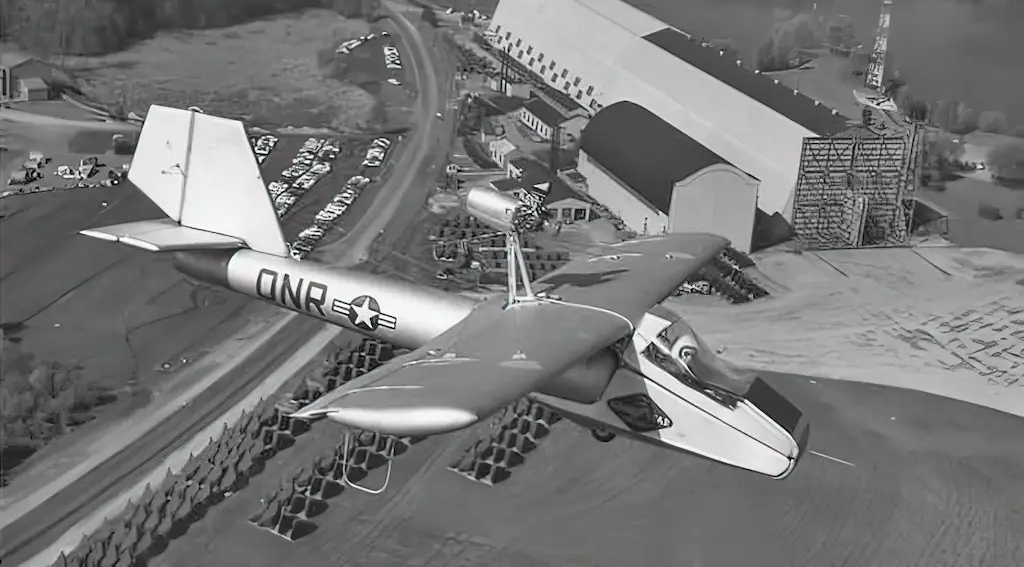
An unexpectedly decent performer
As funny as the whole idea of an inflatable plane may sound, the Goodyear’s creation actually proved to be a descent aircraft. It was powered by a 40 hp engine (some variants by a 60 hp one) installed on top of the airframe. The aircraft had a service ceiling of 6,500 ft and a range of 275 mi at cruise speed of 60 mph. It could carry a maximum weight of up to 240 lb. Test pilots reported that the Inflatoplane handled well, similar to a glider or light trainer aircraft.
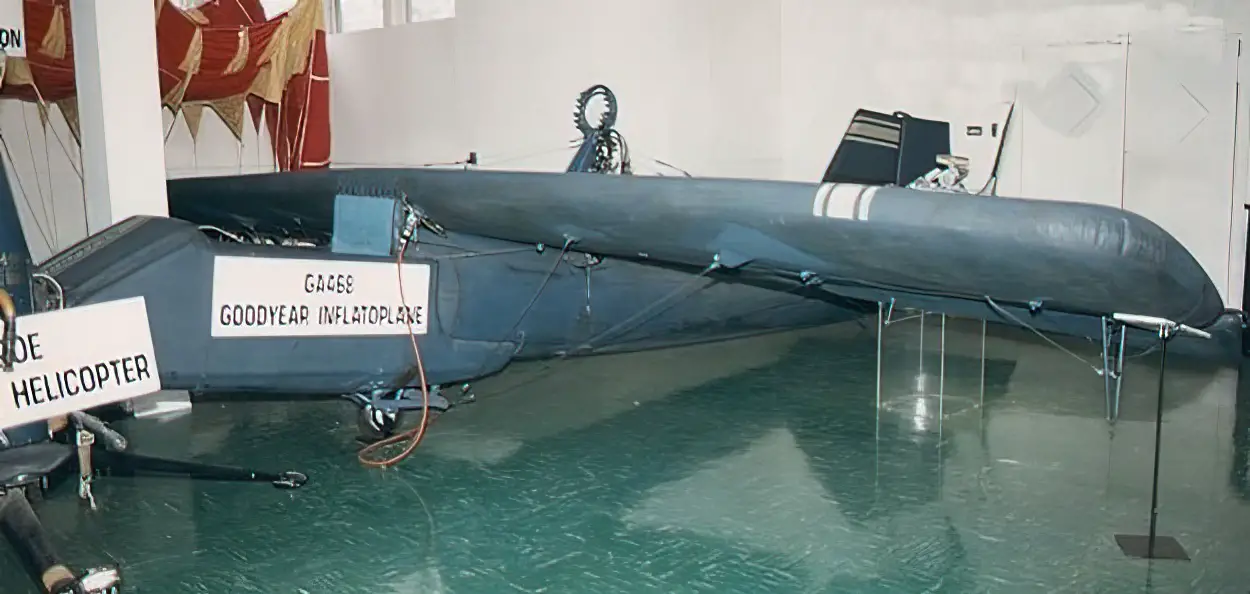
The first Inflatoplane prototype, GA-33 made its maiden flight in 1956. A total of 12 Inflatoplanes were manufactured. Their testing continued through 1972. In 1973 the project was abandoned. The results weren’t bad (although there was one fatal accident). But a plane needs a specific area of application, it can’t be introduced into service just because it’s good. And by that time helicopters had solidly occupied the Inflatoplane’s possible niche.

